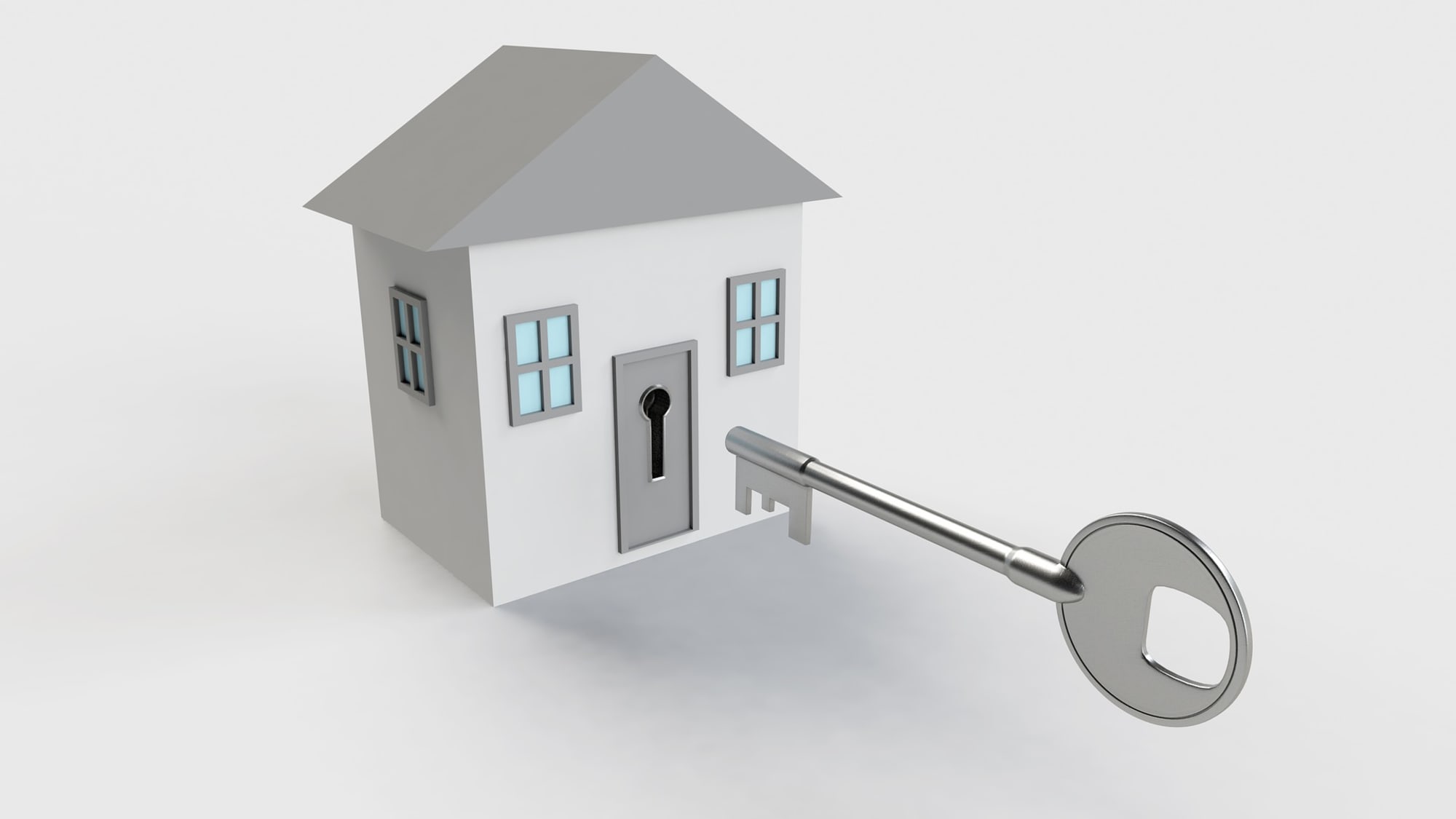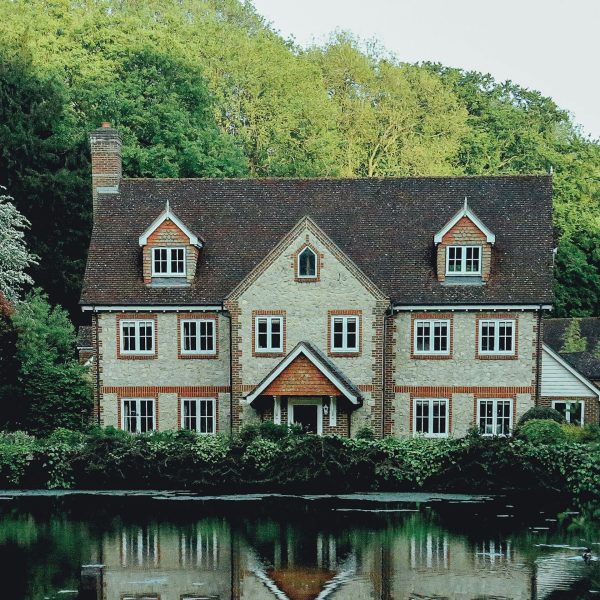Article
How to benefit from transferring nil rate bands between spouses for IHT
Article
How to benefit from transferring nil rate bands between spouses for IHT
September 12, 2019
4 minute read
All individuals are entitled to apply a nil rat eband against the total value of net assets subject to UK inheritance Tax.

On the 9 July, I posted the top 10 tax considerations residential landlords need to take into account.
Following is my answer to my fourth point – Have you been made aware of how to benefit from transferring nil rate bands between spouses for Inheritance Tax (IHT) purposes?
A. In simple terms all individuals are entitled to apply a nil rate band against the total value of net assets subject to UK Inheritance Tax during lifetime or on death, which applies to the worldwide net assets of those domiciled in England & Wales, Scotland and N. Ireland and the UK situs assets of those domiciled outside the UK. The value of the nil rate band has been set at £325,000 per individual since the 2009/10 UK tax year and is set to remain at that level until the 2020-21 UK tax year.
When applying the nil rate band, all chargeable gifts made by the individual in the 7 previous years up to that point (less any specific exemptions) must be deduced from the £325,000, with any available balance being available to be set against the value of the assets subject to UK inheritance tax.
The nil rate band may be passed to the spouse (or civil partner) in certain circumstances. Where on death the deceased spouse leaves all their assets subject to UK inheritance tax to the surviving spouse under the terms of their Will, their nil rate band will be unused, as such inter-spouse transfers (where both are domiciled in a UK country, where both are non-UK domiciled in respect of their UK situs assets or where the surviving spouse is UK domiciled) are exempt from UK inheritance tax.
The nil rate band of the pre-deceased spouse does not need to be wasted. On the death of the surviving spouse, their executors can claim (by using the appropriate HMRC form) the unused nil rate band against the value of the net assets of the surviving spouse, in addition to the surviving spouse’s own nil rate band. Assuming no reduction by lifetime gifts, this means that the estate of the surviving spouse can benefit from a combined nil rate band of £650,000.
Should only part of their estate be left to the surviving spouse under the terms of their Will (or under the rules of intestacy) then the executors of the surviving spouse can claim on their later death the percentage of the unused nil rate band to the full nil rate band applicable to the pre-deceased spouse’s estate, which can be used to uplift the nil rate band of the surviving spouse.
From 6th April 2017, an additional residential nil rate band has been available for those who, in simple terms, have occupied a UK dwelling as a qualifying residence and who leave it to their children and/or grandchildren when they pass away (the residential nil rate band cannot be used for lifetime gifts of a qualifying residence). The residential nil rate band is being phased in over 4 UK tax years, starting at a maximum of £100,000 per individual (or the value of the qualifying residence if lower) in 2017/18 and rising to a maximum of £175,000 per individual from 2020/21. Where the net estate of the individual at death chargeable to UK inheritance tax including the qualifying residence exceeds £2m the residential nil rate band is abated by £1 for every £2 over until it reduces to zero.
Where the pre-deceased spouse (or civil partner) leaves a qualifying residence to the surviving spouse, the residential nil rate band will again not be wasted (assuming it has not fully abated on the first death), where the surviving spouse leaves a qualifying residence to their children and/or grandchildren. The executors of the surviving spouse can claim (by using the appropriate HMRC form) the unused residential nil rate band against the value of the net assets owned by the surviving spouse, in addition to the surviving spouse’s own residential nil rate band. The residential nil rate band is also available where the pre-deceased spouse left the surviving spouse a life interest in a qualifying residence, which then passes to the children and/or grandchildren on the surviving spouse’s death.
Where the spouses or civil partners will not be leaving significant net assets to each other or to exempt beneficiaries such as charity it will be important, where UK inheritance tax is to be legitimately minimised, to ensure that each spouse owns sufficient assets in their own names not to waste their nil rate bands or where relevant residential nil rate bands. This can be achieved by lifetime inter-spouse exempt transfers.
Related content
Need expert advice?
Speak to an expert for advice on
+44-1865 292200 or get in touch online to find out how Shaw Gibbs can help you
Email
info@shawgibbs.com
Need expert advice?
Speak to an expert for advice on
+44-1865 292200 or get in touch online to find out how Shaw Gibbs can help you
Email
info@shawgibbs.com




